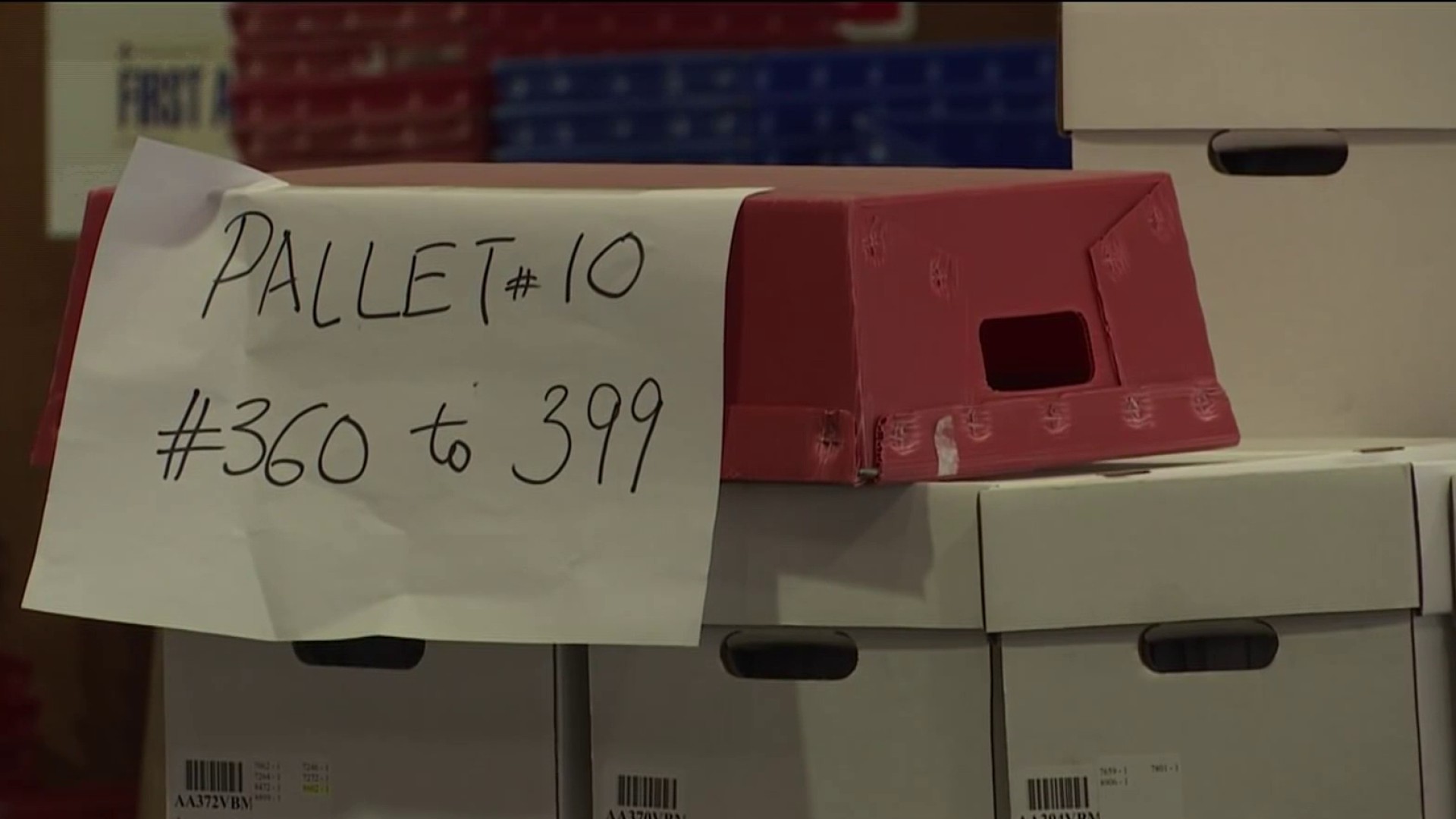At the foot of San Francisco’s Van Ness Avenue, where road meets bay, there's an antiquated building that looks like a relic out of a municipal architecture history book. Like most really old things in San Francisco, the building has a deep connection to the 1906 earthquake and fire.
In the wake of the great ‘quake, fire ripped through San Francisco with broken water pipes rendering fire crews dry and helpless. As the city reconstructed, planners devised an auxiliary system that would pump sea water to a pair of tanks - giving firefighters access to water if all else failed.
“When there’s an emergency you’ve got to go back to basics,” said Assistant San Francisco Fire Chief Ken Lombardi. “And although it’s basic, it’s very, very effective.”
In 1908, the city constructed Pump Station 2 at the edge of the bay and filled it with then-cutting edge pump technology that could siphon sea water from the nearby bay and fill emergency underground cisterns across the city.
One hundred and five years later, the building, and all its original antique systems remain intact and at the ready.
“I mean it really is amazing,” Brahhman Conci, facilities director for San Francisco’s Water Department, “they built stuff to last.”
Inside Pump Station 2, which was constructed from 1908 to 1913, massive, colorful pumps sit like turn-of-the-century industrial museum pieces. Old iron knobs and dials jut from the wall - massive steam boilers loom stoically like a scene from the bowels of the Titanic engine room. In fact, the technology is similar to the maritime engines that powered Liberty Ships turned out during World War II.
Local
“Everything in here is a piece of art really,” said Conci, “the workmanship, the quality of materials.”
The steam boilers were replaced by diesel engines in the seventies, but other than that, the mechanisms are the same as they were when the place was built. And what’s more, they’ll be called into action if a disaster struck the city and other water systems failed.
“These are essentially the last line of defense for fire,” said Conci.
In the past few years, San Francisco voters passed a pair of bond measures valued at $150 million to update the city’s auxiliary water systems. A total of $15 million is earmarked for upgrades at Pump Station 2. The funny thing is — the money will be used to seismically upgrade the building but not the interior systems — which still function just fine.
“This old technology is based on gravity fed system,” said Assistant San Francisco Fire Chief Ken Lombardi. “There’s not a whole lot of things that will go wrong.”
Lomardi said planners from city’s around the world have visited the pump station - the only system of its kind in the United States.
It may seem a bit irresponsible to leave the city’s last line of defense to a century-plus warren of antique gizmos, except that a city that prizes new technology — also appreciates the philosophy of ‘if it ain’t broke, don’t fix it.’
“The pumps and the essence of the pump station are still in good working order,” said Dave Briggs, Regional Facilities manager for the San Francisco Public Utilities Commission, “even though they’re over 100 years old.”
San Francisco may grapple with the fallout of technology; displacement, skyrocketing home prices and a techie backlash. But near the Northern end of the city, in a quiet old time building, the technology of yesteryear is patiently waiting for its turn as the savior of the city — no stock options required.



